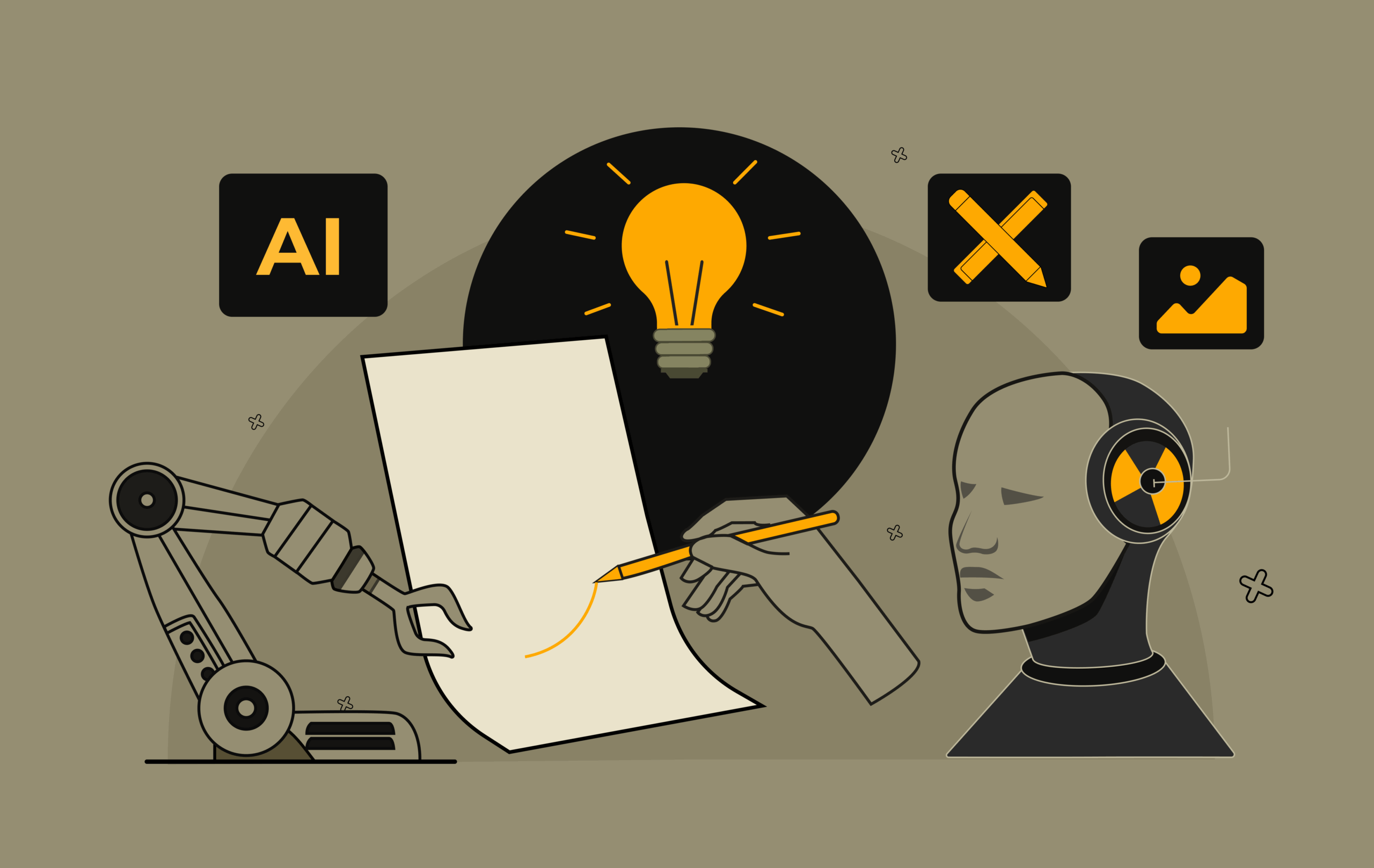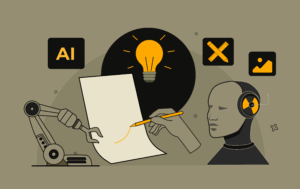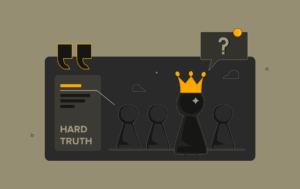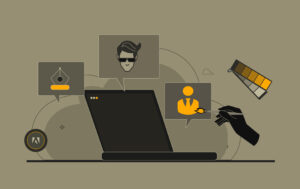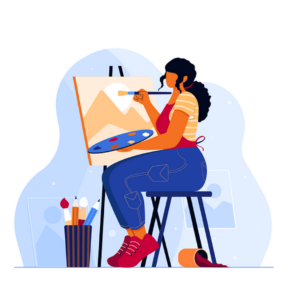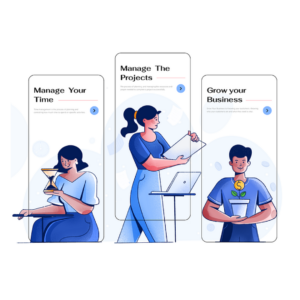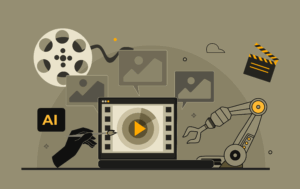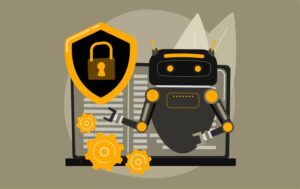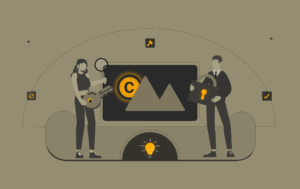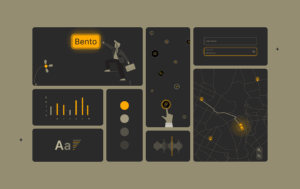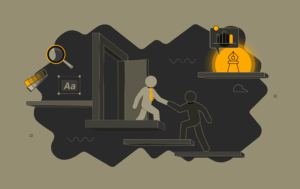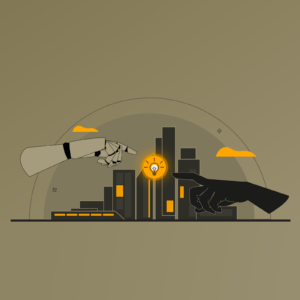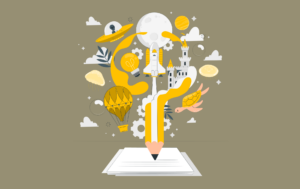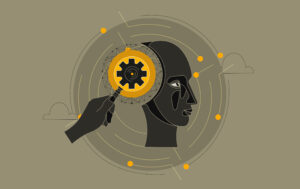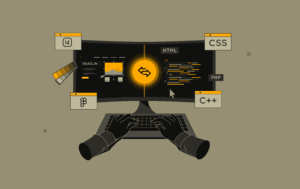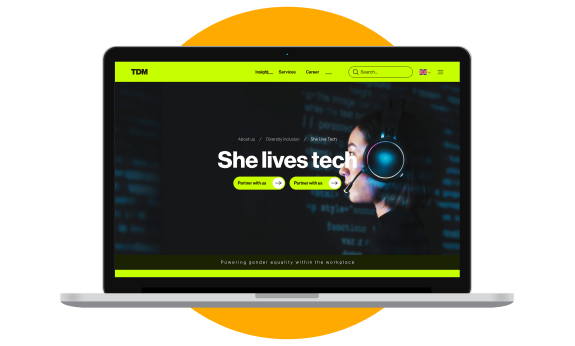The Creative Block Dilemma
Every creative professional knows the struggle: staring at a blank canvas, empty artboard, or cursor blinking on a white screen. That paralyzing moment when inspiration seems nowhere to be found affects illustrators, graphic designers, and UI/UX professionals alike. The pressure to create something meaningful from nothing can feel overwhelming.
But here’s the good news—AI tools are revolutionizing how we approach the initial creative phase, offering that crucial spark to get us moving without compromising our unique artistic vision.
How AI Transforms the Ideation Process
1. Generating Fresh Concepts
AI-powered tools like ChatGPT can serve as your brainstorming partner. Instead of sitting with a blank mind, you can prompt the AI with specific parameters and receive targeted suggestions.
Example prompt: “Give me yoga illustration ideas for a busy mom.”
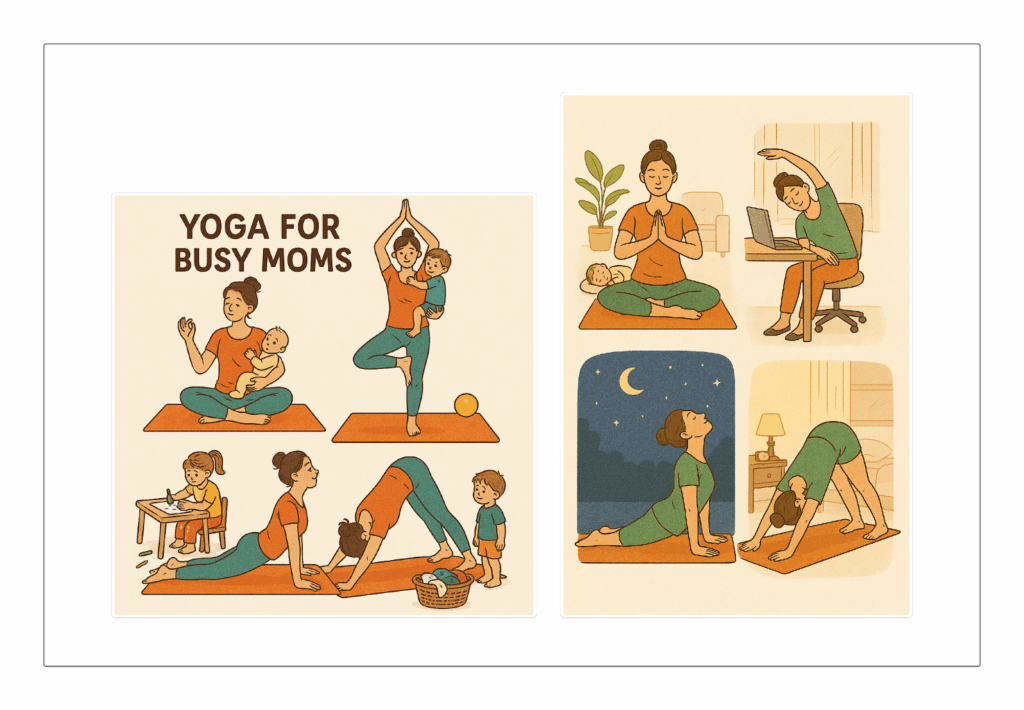
Illustration ideas generated by ChatGPT
AI might suggest:
- A mother practicing yoga while her baby naps nearby
- Office desk stretching sequences for working mothers
- Peaceful nighttime yoga under moonlight
- Quick morning routines before the family wakes up
2. Creating Visual References
Tools like Midjourney, DALL·E, and Adobe Firefly can transform your written concepts into visual references. These AI-generated images aren’t meant to be your final product—they’re inspiration boards that help you visualize poses, color palettes, compositions, and layouts before you begin sketching.
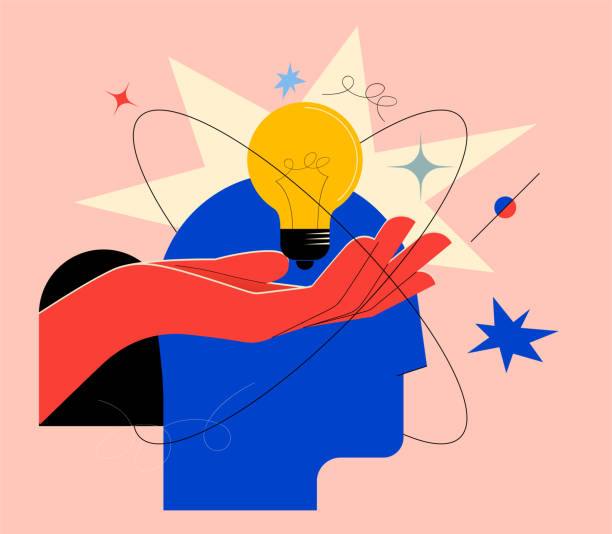
3. Style Exploration
AI allows you to experiment with different artistic approaches without committing time to full executions. You can test how your concept might look in minimalist, bold, watercolor, or contemporary styles, helping you make informed creative decisions early in the process.
4. Breaking Through Mental Barriers
When creativity feels stuck, AI provides the momentum needed to move forward. It’s like having a collaborator who never experiences creative fatigue and always has fresh perspectives to offer.
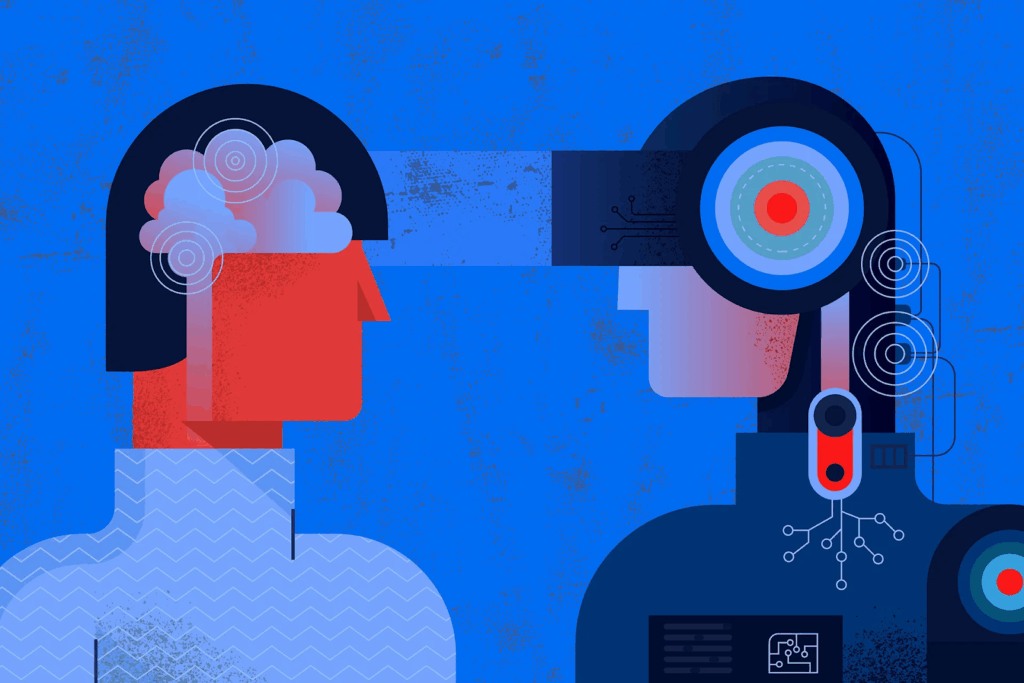
Real-World Applications
Case Study: The Illustrator’s Approach
An illustrator tasked with creating a yoga-themed bundle for working women found herself stuck with conventional poses and scenarios. By using ChatGPT to explore unconventional concepts like “family yoga sessions” and “workplace wellness moments,” she discovered fresh angles for her work.
She then used Midjourney to visualize these concepts, exploring different compositions and moods. The AI-generated references gave her the foundation to create original illustrations that stood out in a crowded market, each infused with her personal artistic style.
Case Study: The UI/UX Designer’s Solution
A UI/UX designer struggling with onboarding screens for a mental wellness app turned to AI for inspiration. The prompt “What are creative onboarding ideas for a wellness app?” yielded innovative suggestions:
- Emotional check-in interfaces with intuitive visual elements
- Calming micro-animations that guide users through setup
- Goal-setting screens with personalized weekly challenges
- Progressive disclosure that doesn’t overwhelm new users
Using Galileo AI, the designer quickly prototyped these concepts, then refined them in Figma with professional polish and brand consistency.
Case Study: The Graphic Designer’s Breakthrough
When tasked with creating a World Environment Day poster that was “meaningful, not obvious,” a graphic designer used AI to explore metaphorical concepts. The prompt “Creative poster ideas using environmental metaphors” led to the striking concept of “a plastic bag shaped like human lungs.”
After generating visual references with AI, she redesigned the concept entirely in her signature style. The resulting poster gained significant attention and was featured in a public awareness campaign.
Essential AI Tools for Creatives
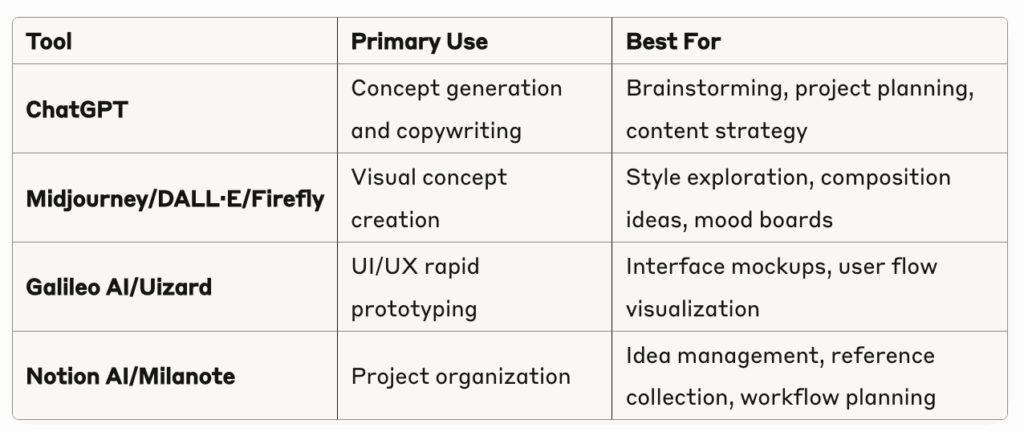
The Creative Balance: Using AI Wisely
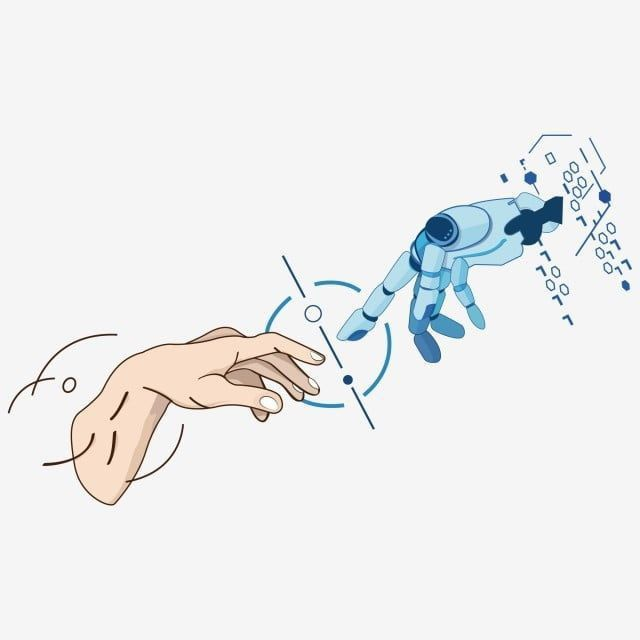
While AI provides powerful starting points, the key to successful creative work lies in transformation and personalization. The most effective approach involves:
- Using AI as a springboard, not a crutch — Let AI help you overcome initial blocks, but ensure your creative voice shines through
- Adding your unique perspective — Take AI suggestions and filter them through your experience, style, and artistic vision
- Maintaining creative ownership — The final design should reflect your skills, aesthetic choices, and creative decision-making
Final Thoughts
AI represents a fundamental shift in creative workflows—not as a replacement for human creativity, but as a powerful amplifier of it. The technology excels at generating options, exploring possibilities, and providing initial direction, while human creativity brings meaning, emotion, and artistic refinement.
The most successful creatives of tomorrow won’t be those who avoid AI, but those who master the art of collaboration between human creativity and artificial intelligence. By embracing these tools thoughtfully, we can spend less time staring at blank pages and more time bringing our creative visions to life.
“The future belongs to creatives who know how to harness AI’s potential while maintaining their unique artistic voice.”
